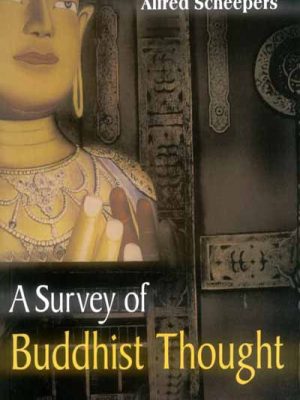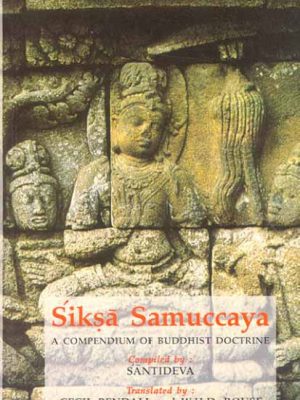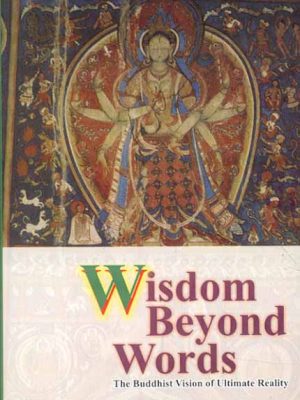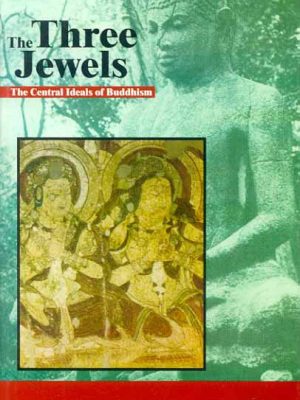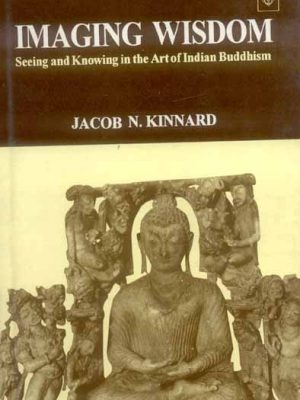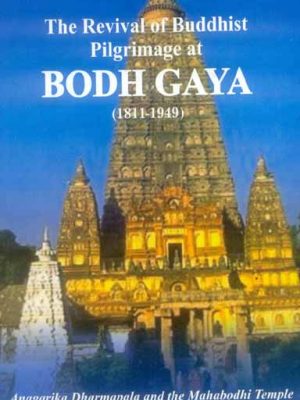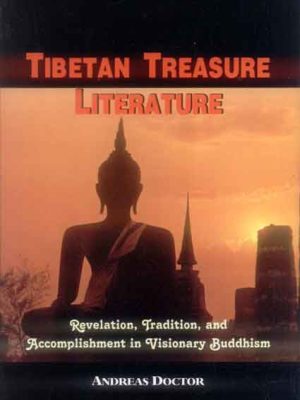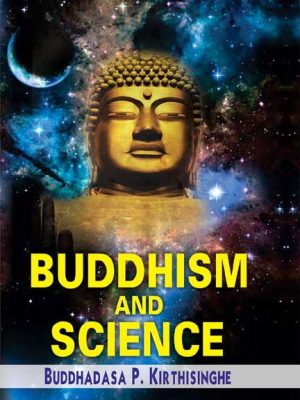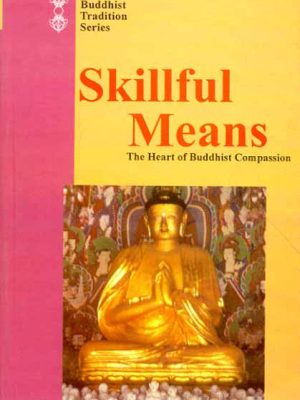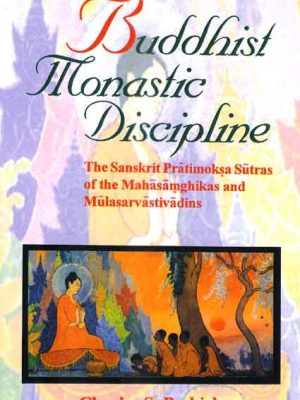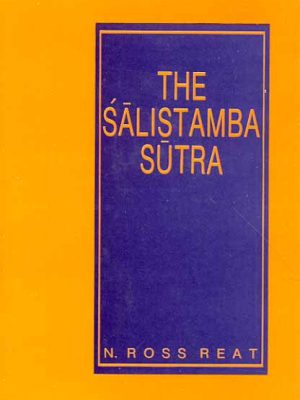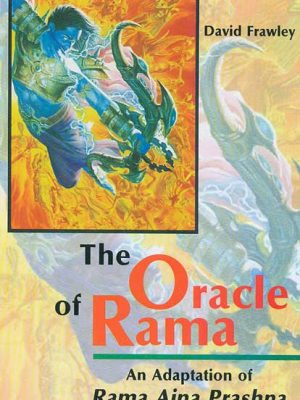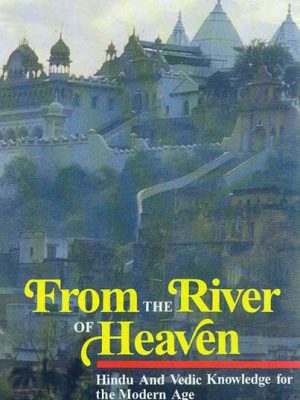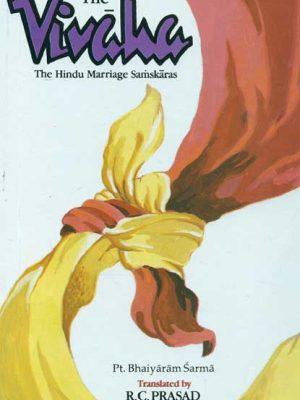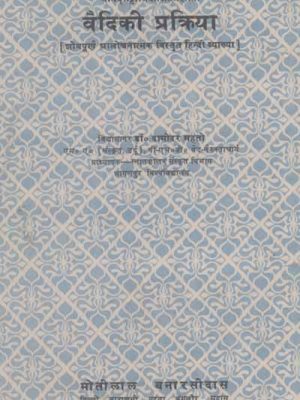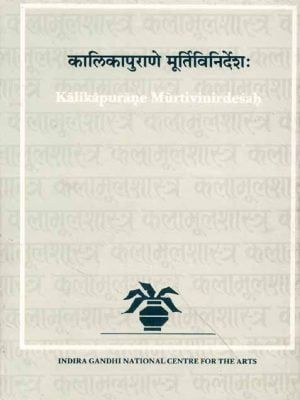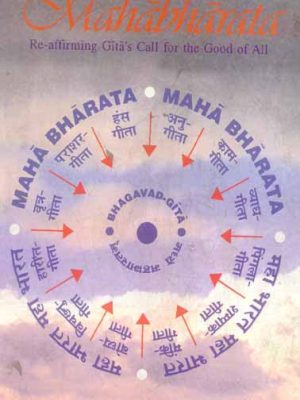Motilal Banarsidass
-
-
-
-
The Vivaha: The Hindu Marriage Samskaras
The Vivaha: The Hindu Marriage Samskaras
Ceremonial rites and rituals occupy a place of utmost importance in the life of a devout Hindu. In fact there are no vital actions-birth, initiation, marriage, death etc.-which can be allowed to be performed without its appropriate rite or samskara. The number of samskara has been fluctuating but was finally fixed at sixteen.
Marriage is the most important and elaborate out of these sixteen samskaras. Manu enjoins that rituals should be performed in the case of a virgin for legalizing the marriage, legitimatizing children and avoiding public scandal.
The mantras used in the nuptial rites being in Sanskrit are beyond the comprehension of not only the average Hindu but even the common priests entrusted with the duty of conducting the rituals. To overcome this difficulty the present book was originally prepared in Hindi and is now translated into English with the mantras etc. romanized for the benefit of those who do not have adequate knowledge of Hindi, for example especially those whose forefathers had migrated to remote countries during the last one hundred years or so
₹395.00 -
Moral Dilemmas in the Mahabharata
Moral Dilemmas in the Mahabharata
Here the collected papers explore the whole question of the relation between the mythopoetic and the moral in the context of the Mahabharata. Here we have a story of extreme complexity, characters that are unforgettable, and a cosmic context in which gods and men alike grapple with destiny. The obligations of kinship and friendship jostle with each other. The women characters, as in everyday life, seem to bear a very heavy load of the burden of life and to stand in a key position in almost every conflict. We are presented with predicaments at every turn. At times these predicaments seem to be aggravated by social structure. At other times they are cushioned by it. Philosophical tangles tied up with karma and dharma are interwoven with the mythopoetic material. Perhaps philosophical issues are pinpointed rather more than they are in Greek epic literature.
The essays in this book treat the Mahabharata from an unusual angle, fastening on the moral dilemmas it presents. How universal are the dilemmas faced by the characters in the story, and are the dilemmas in fact resolved? In dealing with these questions, the discussions range over the meaning of the purusarthas, the institutions of marriage and the family, the concept of action in the Gita and the special predicaments faced by Draupadi, Arjuna and others. These studies invite the scholar to reflect afresh on the text and encourage the general reader to find in epic literature much that is relevant to life today.
₹395.00 -
Vediki Prakriya: Shodhpurna Alochanatamak Vistrit Hindi Vyakhya
Vediki Prakriya: Shodhpurna Alochanatamak Vistrit Hindi Vyakhya
Vediki Prakriya: Shodhpurna Alochanatamak Vistrit Hindi Vyakhya
About the Author(s)
Damodar Mehto
₹395.00 -
Kalikapurane Murtivinirdesah
Kalikapurane Murtivinirdesah
The Kalikapurane Murtivinirdesah is the ninth volume in the series of the kalamulasastra project. It is a collection of around 550 lines from the Kalika Purana. These verses include a bodily description of a variety of gods, goddesses, and demi-gods, as well as other beings. Some of them are just abstract ideas, while others are embodied as sculptures made of stone and metal.
The Kalika Purana is a significant upa-purana that has been cited as an authoritative source by the smrti digest authors (nibandhakaras) from almost every region of India. The Kalika Purana is a text that was created in ancient Assam (Kamarupa) in the late ninth or early tenth century A.D. Its purpose was to exalt the mother goddess Kamakhya and to offer a ceremonial system for worshipping her. The Kalika Purana focuses mostly on describing the many incarnations of the goddess, along with providing specifics of their iconography, as well as their horses and weapons. Additionally, it discusses the representations of other gods and goddesses that were housed in Kamarupa. In order to provide a comprehensive picture, all of the verses that deal with the gods and are spread out among the many chapters of the Kalika Purana have been collated according to the gods. The Sanskrit verses are presented with an accurate translation of those verses into English.
Author
Dr. Biswanarayan Shastri
₹395.00Kalikapurane Murtivinirdesah
₹395.00 -
Selections from the Mahabharata: Re-affirming Gita’s Call for the Good of All
Selections from the Mahabharata: Re-affirming Gita’s Call for the Good of All
The societal message that the Mahabharata is trying to convey is presented in this book in the form of a ten-point exhortation for the benefit of everyone. Since this message is principally presented, according to the terminology of loksamgraha, in the Bhagavad-Gita (which is the center-piece of the Mahabharata), the style of presentation that has been used here is Gita supporting, which means that it is indirect as well as selective. This book comes with a straightforward explanation of what it means in English, laid out in the form of eighteen chapters.
Author
Dr. Satya P. Agarwal
₹395.00
